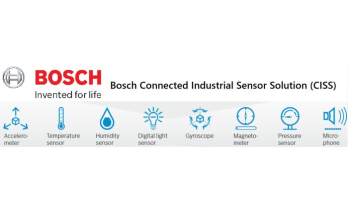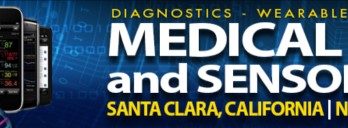The ways we have used to accurately measure the distance between objects can fall in largely into two categories, contact and non-contact methods. Of the two ways, we must use non-contact measurement in many special occasions. For example, we need measure the fast displacement of an object that requires no external forces to be act on it or it will be damaged, and the system will be disturbed. So far, we have the non-contact measurement based on following principles:
- Time of Flight (ToF)
- Laser Triangulation
- Stereo vision cameras
- Confocal Chromatic sensor
- Interferometry Sensor
- Optimet Conoscopic Holography
Of all the above non-contact measurement methods, various ToF (Time of Flight) sensors are being used in non-contact measurement applications, such as range finding, positions/proximity sensing, object tracking and liquid level alarming, etc. ToF (Time of Flight) sensors measures the time spent from the point it emits a packet of pulses to the point it receives the reflection of the same packet of pulses. The waves we can use include ultrasonic, Infrared and laser. All three type of ToF sensors are commercially available on the market. They all have advantages and disadvantages over each other. To select a ToF sensor is often based on the application and design requirements.
TDK has the world’s first MEMS ultrasonic ToF sensor Chirp Microsystem’s CH-101. The sensor is based on the proprietary Time-of-Flight (ToF) technology in a small 3.5 mm x 3.5 mm x 1.25 mm package that includes a MEMS ultrasound transducer and a power efficient DSP (Digital Signal Processor) core on a custom low power mixed signal CMOS ASIC. The built-in DSP core makes the sensor compact in size, efficient in power consumption and powerful in real-time signal processing. Compared to other optical ToF sensors, like Infrared or laser based ToF sensors, TDK CH-101 ultrasonic ToF sensor has many advantages:
- Work in ambient lighting conditions;
- Detect dark or transparent object
- Consumes much less power (up to 500 times lower)
- Low range noise (up to 100 times lower)
- Wide FOV (Field-of-View) (up to 5 times)
CH-101 Block Diagram

Features
- Miniature size up to 1000 times smaller
- Ultra-low power consumption
- Wide measuring range
- Low range noise
- Wide Field-of-View (FoV)
- Integrated DSP for real-time signal processing
- All-in-one package – range, proximity, presence and gesture sensors
- Insensitivity to ambient conditions – lighting and color
- Programmable SoC (System-on-Chip) for all ultrasonic signal processing
- Industry standard Interface – I2C
Applications
- Automotive
- Automated guided vehicles
- Robotics
- Communication devices
- Drones
- Position tracking
- Human presence detection
- Object avoidance in consumer robotics

Specifications
The information provided by this article is based on the sources from TDK Corporation and TDK Chirp Microsystems.
Read more at:





